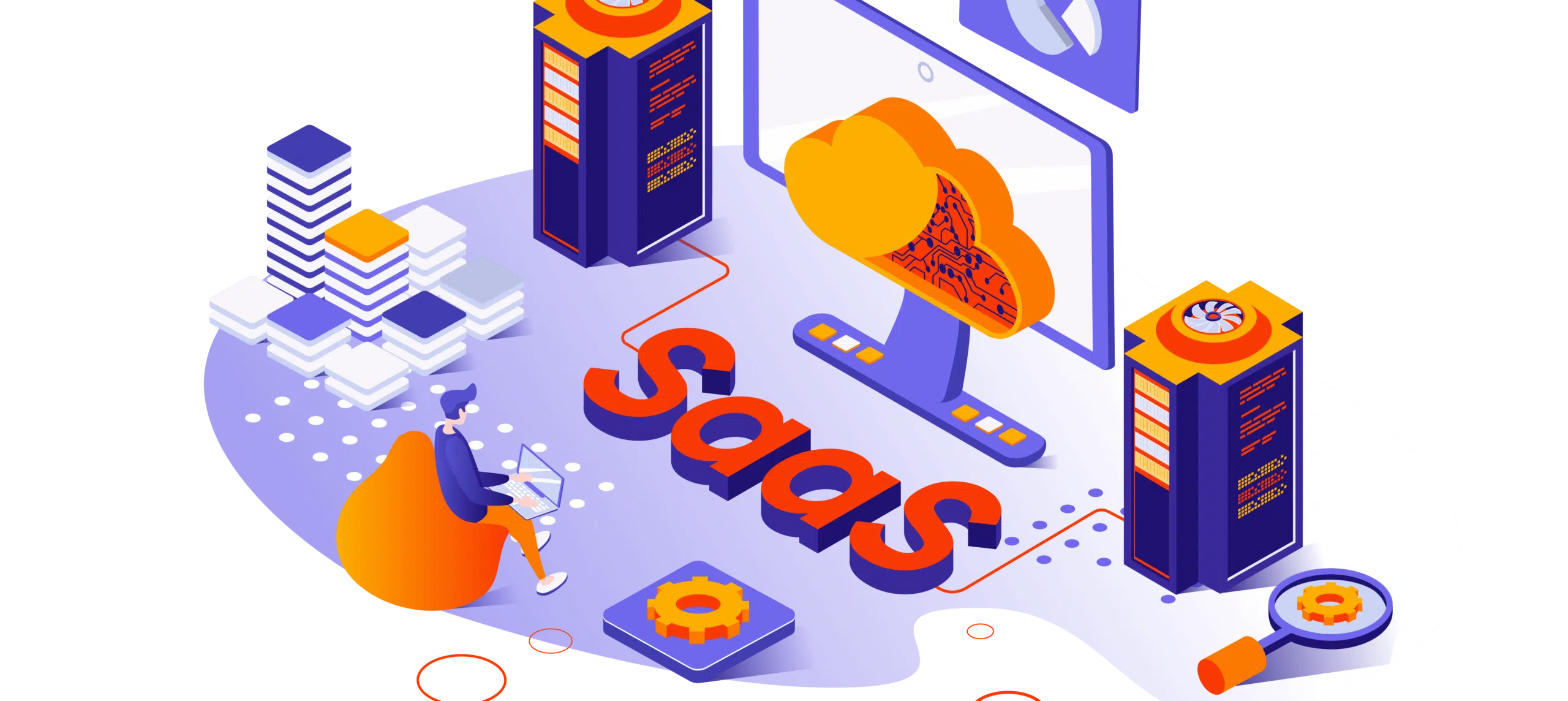SaaS App, SaaS Development, SaaS Platform—you’ve heard of it. You’ve seen the billboards. So ever wonder what SaaS actually means but been too shy to ask because it’s one of those terms you think everyone knows and asking would be stupid?
It’s not.
Clearly, enough people are Googling the term for us to know it’s necessary to explain. So, you’re in good company. And, as (the best and most humble) professional SaaS app and web platform developers out there, we’re here to help.
So what is this elusive “SaaS app” we speak of? Well—let’s get into it.
TLDR; Contents
What is a SaaS App?
Software as a service apps (aka SaaS app or Web-based software, on-demand software, or hosted software) is how many companies deliver service-based applications over the Internet.
SaaS apps can be both Web Platforms or Mobile Platforms (or both, if you want to be fancy and/or extra practical about it.) So, rather than having to install and maintain software locally (on hardware, such as computers and phones,) users can access the SaaS app and product over the internet.
That means that the SaaS app runs on the SaaS provider’s servers—through the power of the internet—rather than being downloaded on the user’s hardware. And that means that the SaaS app provider manages the app and its security, availability, and performance.
So again, think of Google Drive—rather than using the pre-downloaded Pages or Keynote apps on your Mac, you use an online tool to create and store the documents you need.
In terms of how we define a SaaS app, we can note many aspects. However, the main ones include scalability and simultaneous access to many users (“multi-tenancy”), customizability, reliability, and third-party integrations via APIs. Some other essential features include:
- A login/logout system for user profiles
- Subscription-based billing model
- Flexibility of access points
- Application and data security
- User-friendly interface
- Automatic updates
Usually, SaaS apps are subscription- or pay-per-user-based. And, in essence, you rent the software from the provider in return for the service they offer—be it a customer relationship management tool or photo-editing software.
For many businesses or users who don’t want to have to use either downloaded app or to build internal tools to do things, SaaS apps can be cost-effective, agile, and streamlined solutions. So, in fact—Gartner estimates that worldwide SaaS spending has increased by 23.1% in 2021 and is expected to reach $145.4B in 2022.
What is SaaS Development?
Now that we’ve covered the basics of SaaS apps, the question remains—where do they come from? And why do they seem to appear out of nowhere, everywhere, all the time, forever?
The answer is SaaS development. Or the process of designing, engineering, and deploying web-based SaaS apps (aka cloud software development.) SaaS apps are generally developed in programming languages such as Python, SQL, PHP, and Ruby.
And, it’s critical to make sure that just as beautiful as the SaaS app’s UX is on the frontend (user-facing side)—the backend is meticulously built for admin to update, host, and control.
When your app is going through development, there are several technical and non-technical characteristics you’ll need to consider:
Technical Characteristics:
- Databases: secure, flexible, roomy, and correctly fit the SaaS app’s business requirements. You’ll choose one based on your data type, scalability, expected data load, programming language, etc.
- Scalability: ergo, your software has to be able to accommodate your undoubtedly fast-growing userbase.
- Frequent update pushes: because constructive user feedback and bugs will happen.
- Third-party integrations: which add value, features, and marketability. These are facilitated through APIs.
Business (Non-Technical Characteristics):
- Product-Market Fit: which means market validating to know there’s enough demand and need for your SaaS app.
- Client Acquisition Flow: so, making sure your marketing and UX/UI are excellent and tailored to your audience. Also, establishing your go-to-marketstrategy such that your pricing models and subscription lifecycles are appropriate, competitive, and match your value proposition and perceived value. Offering different pricing tiers is a good idea.
Okay, so we’ve covered the basics—want to get into the technical weeds of SaaS Development?
We’ve got you covered with our next Goji Blog: How to Build a SaaS Platform.
Well, this was a lot. We know.
Coincidentally, hi, we’re Goji Labs—a product and software development consultancy with experience in designing, “rescuing,” and deploying hundreds of products.
Looking to develop a new app or revamp an existing one? Need some product strategy or mobile app and software development help?
Have any general questions about who we are and our authority on the subject?
Reach us at GojiLabs.com or drop us a line.
– Goji Labs




